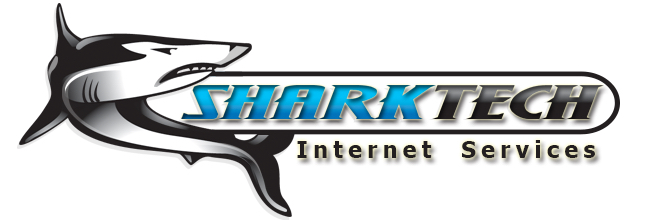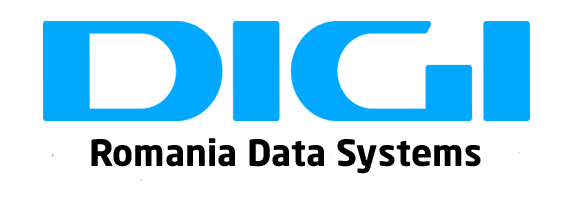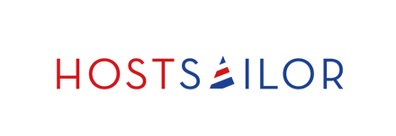Documents Project
The Documents Project, formerly known as Doco-Com, is responsible for creating and maintaining useful resource documentation for the Undernet community. Both new and experienced IRC users will find information here on everything from downloading an IRC client to explanation of the various protocols.
Posted on 7th Apr 2020 22:54:49 in About Undernet
Version 1.0 - Written by Moridin
October 30th, 1997
Version 2.0 (Updated and revised)
By stoney` (Py Fivestones)
September 24, 2002
Contents
- 1.0 Introduction
- 2.0 What is a K-Line?
- 2.1 Why are K-Lines used?
- 2.2 What can I do about a K-Line?
- 3.0 What is a G-Line?
- 3.1 Why are G-Lines used?
- 3.2 What can I do about a G-Line?
1.0 - Introduction
This FAQ was written with the intent of providing a quick reference on K-Lines and G-Lines. Its initial purpose is to inform users as to what they are, why they are used, and what users can do about them, if affected
2.0 - What is a K-Line?
Technically, a K-Line is a line in an IRC server's configuration files, specifying which hosts will not be allowed to connect to it. Servers have multiple K-Lines, each denying access to a single person, a domain (e.g., a particular ISP), or an entire country.
In real terms, a K-Line is a ban from an entire server, placed for one of several reasons.
2.1 - Why are K-Lines used?
K-Lines are used for many different reasons. The three main ones are:
- Geography
A server has limited resources, and administrators prefer to offer those to more local clients. Hence, clients from European countries may not be allowed to connect to American-based servers and vice versa. The server will usually give you a message, such as "Use US.undernet.org." or "Use A Closer Server." In most cases, using a closer server geographically speaking will give you a less lagged connection with faster ping times.
- Network Topology
This overlaps slightly with geographical K-Lines. While it obviously makes sense for someone in Norway to use a Norwegian-based server, both for geographical and topological reasons, there are occasions when the closest server geographically is not the best to use. This is usually due to the way an ISP is connected to its uplink providers.
With some of the larger ISPs, it is faster to connect to a server on their internal backbone rather than externally. Also, if an ISP has its own server, then using it will allow others to use the more generic servers. K-Lines will dictate if this is the case; for example, a K-Line for Erols users saying "Please use the Erols Undernet server - Arlington.VA.US.Undernet.Org." Similar K-Lines may exist for America Online (AOL), directing users to the AOL Undernet server, washington.dc.us.undernet.org.
- Abuse
Many server administrators will K-Line particular people or sites they know to have abused the resources of the network in the past. If, when connecting to a particular server, you get a message like "clones abuse," "floodnet," "bots abuse," "Rogue ISP," or "mass advertising," etc., then it's probable you or your ISP have been K-Lined due to abuse. If you feel this is unjust, see section 2.2 for courses of action.
Those are the main three reasons K-Lines are used, although there are several others. These include but are not limited to a broken reverse lookup (in-addr.arpa), or nonexistent reverse lookup. Whilst not really a K-Line as such, if you're getting the "No authorization" message, it's an indication that your ISP's reverse lookup is broken. You need to talk to your ISP about this.
2.2 - What can I do about a K-Line?
To have a K-Line removed, either you or your ISP should email the administrator of the particular server, and explain why they should remove it. In the case of a geographical or topological ban, it is unlikely that it will be removed.
In the case of abuse, the server administrator will want confirmation that it will not happen again. This means getting one of the staff from your ISP to contact them. Before you ask this of your ISP, make sure they have all the information they'll need. Tell them what the K-Line message says and point them to the Undernet Acceptable Use Policy (AUP) so they know what is and isn't tolerated. Then give them the server administrator's email address.
To find out the administrator of a server, and how to contact them, use your web browser and go to: Servers LIST Once there, click on the server administrator's nickname for their email address.
Note, however, that if the admin has gone to the effort of adding a K-Line due to abuse, it means they've had significant problems with your site. They won't be likely to remove the ban unless your ISP is willing to guarantee they'll crack down hard on any further abuse.
3.0 - What is a G-Line?
While a K-Line is a physical entry in a server's configuration files, a G-Line is a network-wide global ban which is kept in memory until it expires. A G-Line can be placed on a specific server or group of servers, but generally is used to ban a person, domain, or country from every server on the network. G-Lines are usually set for 1 to 2 hours, although if a user or site is extremely troublesome, they can be set for years.
3.1 - Why are G-Lines used?
G-Lines are used solely to prevent further abuse of the Undernet. If you are G-Lined, it means either you or someone from your ISP has seriously violated the Undernet Acceptable Use Policy, which can be found here -> Undernet AUP.
The most common reasons for G-Lines are repeated cloning, advertising, mass messaging, flooding, harassment or denial of service attacks.
3.2 - What can I do about a G-Line?
The first thing to remember is a G-Line usually lasts 1 or 2 hours. By the time you write a letter and receive a reply, those two hours will have passed. You may be better off just waiting. If you find that the G-line is for a longer duration, it's a sign that Undernet has already contacted your ISP and found them unwilling or unable to take actions to assure their customers do not abuse the network.
If the G-line message says insecure proxy or open wingate it is because when you first connect to Undernet, the server checks if you have an Unsecured connection (an open port that can allow others to control your computer remotely). If it detects this situation, it sends you the message that you receive and doesn't allow you to join IRC. The web page in the server message gives you directions on how to fix your problem. If the web page doesn't help you, contact the company that wrote or manufactured the proxy program/hardware, or contact your site administrator or your ISP.
If the G-Line is just for you, look at what the message says, and work out what you may have done wrong. Familiarize yourself with the Undernet's server policies. A whole range of useful information (including how to fix insecure proxies and wingates) is available at: Undernet Documents Project.
If your whole site is G-Lined, not just you, then you need to talk to your ISP. The most common reason for an entire site to be banned is because the people who run that ISP do not deal with abuse. IRC Operators/administrators will normally inform an ISP when placing a site ban, and it is up to the ISP to deal with their abusive client or clients. Unfortunately ISPs are sometimes rather lax about an IRC ban and need a request from their own customers before they will attempt to fix the problem.
Email the ISP administrators the entire G-Line message. This will usually give enough information to determine which user was causing trouble. If your ISP deals with the troublemakers by cooperating with the Undernet administration, you shouldn't run into any more G-Lines. If your ISP is unwilling or unable to do so, however, then it may be time to vote with your money, so to speak, and change ISPs.
Should you wish to protest a G-Line, email all pertinent information to abuse@undernet.org. This is the same address your ISP should contact if they want further details to track down a customer who is abusing Undernet resources.












